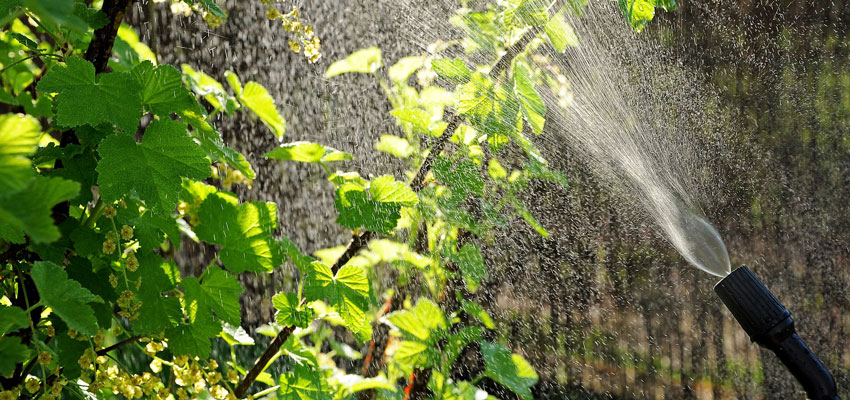More than 5500 fruit and vegetable samples were examined by the German investigation offices in the period from 1.12.2021 to 28.2.2022 (4th quarter 2021) - with predominantly positive results as far as limit values are concerned.
The Federal Office of Consumer Protection and Food Safety (BVL) regularly prepares quarterly evaluations of residue investigations in food, whereby the investigation quarters are not identical to the calendar quarters.
Apples were the focus of the official residue monitoring with 256 samples. With >100 samples each, potatoes, table grapes, tomatoes, grapefruits, pomelos, sweeties, peppers, bananas, celeriac, carrots, green salads, cultivated mushrooms, oranges and mandarins were represented in the testing plan. Grapefruits, pomelos, sweeties, limes, apricots, plums, blueberries, gooseberries, kiwis, mangoes and pineapples did not exceed the maximum residue limits. In the case of vegetables, the maximum residue levels of the pesticides tested were complied with for potatoes, sweet potatoes, carrots, beetroot, radishes, tomatoes, courgettes, melons, pumpkins, Brussels sprouts, head cabbage, field lettuce, chives, asparagus, rhubarb and wild mushrooms.
Of all the samples examined, 42% came from Germany, 26% from EU countries and 17% from third countries. The origin of the remaining samples was unclear.
In the case of German goods, only
|
Fruit/vegetables |
Complaints of German goods |
|
Apples |
1 |
|
Currants |
|
|
Celeriac |
|
|
Onions |
|
|
Spinach |
|
|
Vine leaves |
|
|
Kale |
2 |
|
Rocket |
were found to be in excess of residues. 48% of the German samples were free of residues.
In EU fresh produce
|
Fruit/vegetables |
Complaints EU fresh produce |
|
Peaches |
1 |
|
Cucumbers |
|
|
Broccoli |
|
|
Chinese cabbage |
|
|
Leaf salad |
|
|
Rocket |
|
|
Fresh coriander |
|
|
Parsley |
|
|
Tangerines |
2 |
|
Kakis |
|
|
Pomegranates |
Excessive residue levels in third country produce were found in
|
Fruit/vegetables |
Complaints EU fresh produce |
|
Lemons |
1 |
|
Tangerines |
|
|
Cherries |
|
|
Strawberries |
|
|
Lychee |
|
|
Bananas |
|
|
Cucumbers |
|
|
Oranges |
2 |
|
Pears |
|
|
Quinces |
|
|
Passion fruit |
|
|
Table grapes |
3 |
|
Beans with pods |
|
|
Pomegranates |
4 |
|
Fresh vine leaves |
in 10 out of 12 samples! |
We limited ourselves in the summary to the area of fruit and vegetable testing. A tabular summary of all results can be found under the link provided.
Link:
Autor: Dr. Frank Mörsberger

 Contact
Contact

 Contact
Contact Career
Career